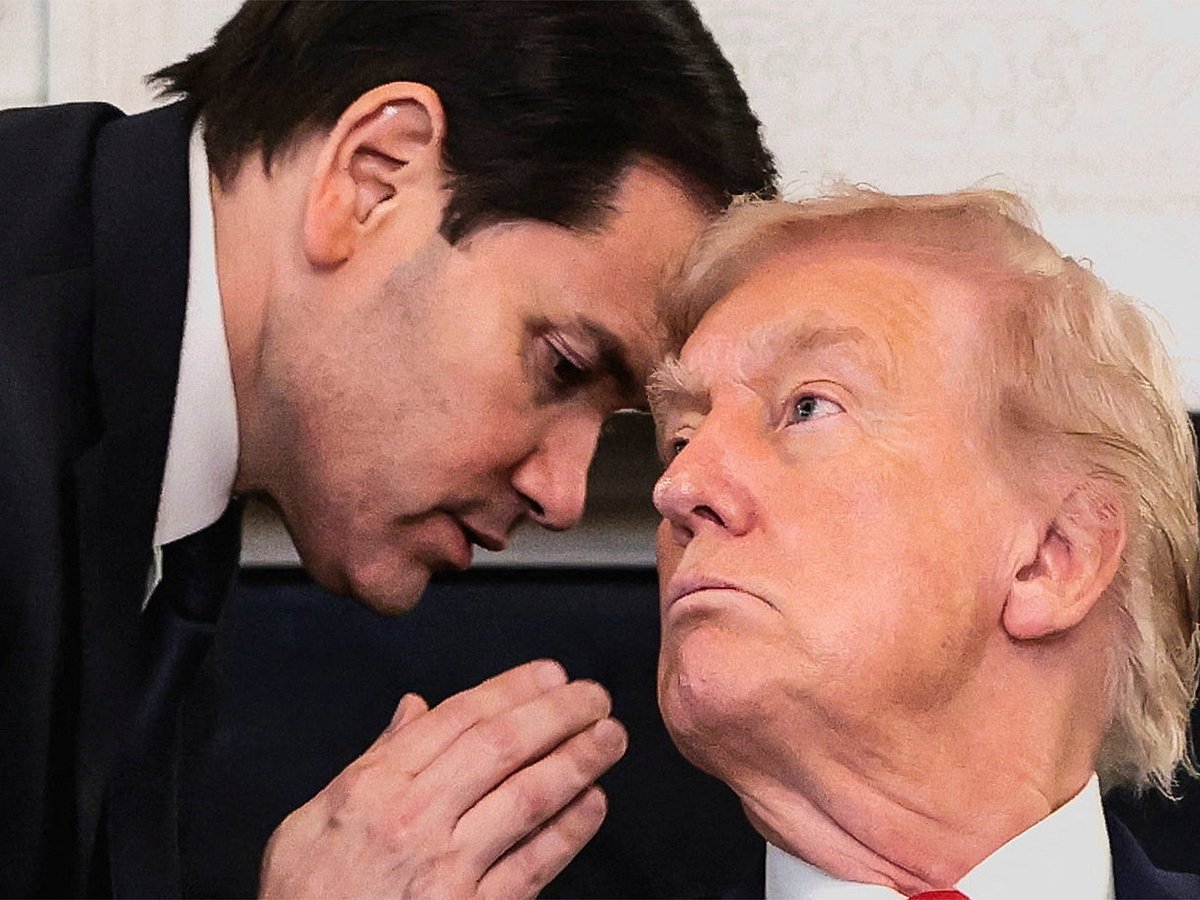How Donald Trump pulled off Gaza ceasefire deal — and what's in it for Iran?
Behind scenes, Trump pressed Netanyahu and used Arab unity to push through his deal

Dubai: Donald Trump announced his long-awaited Gaza deal in his usual dramatic style — a mix of showmanship and strategy.
During a televised meeting, his top diplomat slipped him a note before he turned to the cameras and posted, “BLESSED ARE THE PEACEMAKERS!” on Truth Social.
It was classic Trump — confident and theatrical — but much of the real work to end the Gaza war had taken place quietly behind the scenes.
Pressure, persuasion, and a public show
Contrary to his usual reputation for loud deal-making and bold gestures, Trump used quiet strategy and private pressure to get his way. He forced Israeli Prime Minister Benjamin Netanyahu’s hand by leveraging Arab consensus and combining incentives with embarrassment. When Netanyahu balked at key clauses — including implicit recognition of a Palestinian state — Trump used Arab outrage over an Israeli strike on Hamas members in Qatar to isolate him.
Trump then orchestrated an apology from Netanyahu, making him call Qatar’s Emir from the Oval Office to say sorry — a rare diplomatic moment captured in a White House photo.. That move helped restore Arab trust.
The shift: From Israel’s ally to regional arbiter
Trump’s stance in this round of negotiations marked a break from his earlier “blank-cheque” policy toward Israel. His new posture positioned him not merely as Israel’s ally but as an arbiter capable of extracting concessions from all sides. His travel itinerary reinforced this shift: His first foreign visits this term were to the Gulf states — Qatar, Egypt and Abu Dhabi — with no stop in Israel.
This strategy underscored his broader goal — a Middle East peace framework extending beyond Gaza and, in his words, potentially including Iran, the region’s influential and divisive player.
“This is more than Gaza”
In a phone interview with Fox News, Trump made a striking claim: “This is more than Gaza, this is peace in the Middle East… Iran is going to be part of the whole peace situation.”
“The world has come together around this deal,” Trump said, calling it “great for Israel, so great for Muslims, for the Arab countries, and so great for this country.”
He has long suggested that the Palestinian enclave along the Mediterranean Sea could eventually be rebuilt into a flourishing hub if regional tensions ease. Trump reiterated that hope on Wednesday, adding that the United States would be part of the reconstruction effort.
Gaza is “going to be a place that reconstructs, and other countries in the area will help it reconstruct, because they have tremendous amounts of wealth, and they want to see that happen,” he said. “And we’ll be involved in helping them make it successful and helping it stay peaceful.”
For decades, Iran’s isolation from Western-brokered deals has defined the region’s instability. Bringing Tehran into the fold, Trump suggested, could help bridge long-standing sectarian and strategic divides.
The inclusion of Iran also reflects Trump’s transactional worldview. Having already secured security guarantees for Qatar and revived ties with Gulf states, Trump may view Iran’s participation as the ultimate validation of his “peace through strength” diplomacy — and, perhaps, a pathway to the Nobel Peace Prize he has long coveted.
The deal’s fragile foundations
While both Israel and Hamas have expressed conditional support for the framework, the details remain opaque. Nearly 68,000 Palestinians have died in the conflict, and mistrust runs deep. Hamas’s partial acceptance — focusing on hostage release while sidestepping disarmament — gave Trump enough of a headline to claim victory.
For now, Trump has achieved what no leader has managed in two years of war — a ceasefire framework accepted in principle by both Israel and Hamas, with support from key Arab states. Whether the agreement holds will depend on how swiftly the sides translate it into concrete steps on the ground.
-- With AFP inputs
Sign up for the Daily Briefing
Get the latest news and updates straight to your inbox
Network Links
GN StoreDownload our app
© Al Nisr Publishing LLC 2025. All rights reserved.
